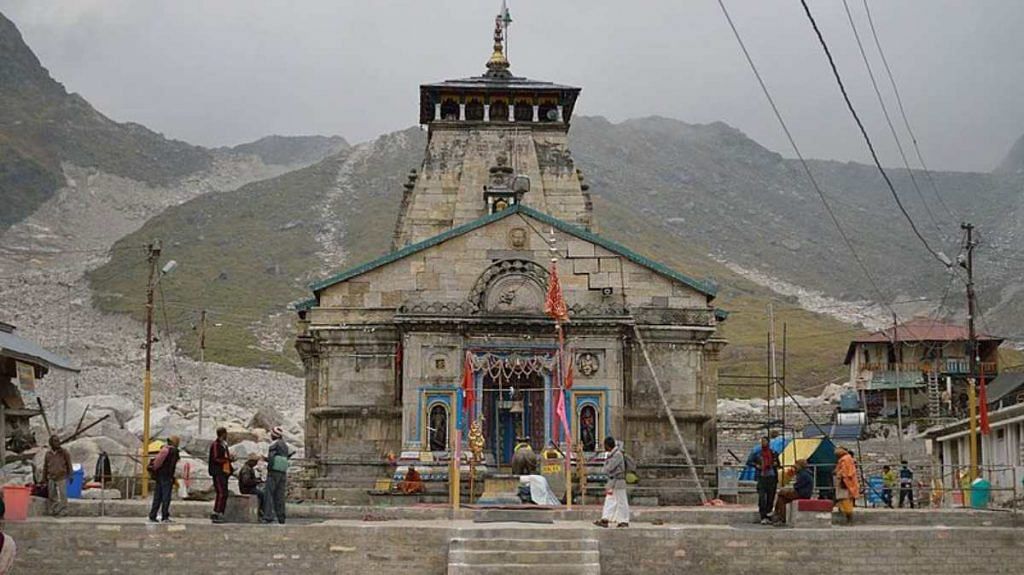New Delhi: The floods in Uttarakhand Sunday have put the spotlight on the ongoing Rs 12,000-crore Char Dham project — the Modi government’s ambitious plan to improve road connectivity to the Hindu pilgrimage sites of Yamunotri, Gangotri, Kedarnath and Badrinath.
Prime Minister Narendra Modi had laid the foundation stone of the project in 2016 and the first deadline to complete it was March 2019. The deadline has been extended twice since then, after the entire project came under the Supreme Court scanner over environmental concerns, including widening the road width.
Senior officials in the Road Transport and Highways Ministry, which is implementing the project, told ThePrint that Sunday’s incident could have an impact on the project’s future.
“We are waiting for what the Supreme Court directs on 17 February, which is the next date of hearing in the ongoing case on the Char Dham project between a Dehradun-based NGO and the Centre,” said an official, who did not want to be named.
The ministry had originally planned to expand a stretch of 816 km of Char Dham road to 10 metres. Of this, the ministry has already completed construction on a 365-km stretch, while hill cutting has been completed for building 10-metre road for another 537-km stretch.
However, the Supreme Court had on 8 September 2020 ordered that the road width on the entire Char Dham route should be 5.5 metre, according to the standards laid down by the road ministry’s March 2018 circular. This was also recommended by the court appointed-High Powered Committee (HPC) led by noted environmentalist Ravi Chopra.
The ministry had earlier followed its 2012 order based on which the road width of a two-lane road with paved shoulder was fixed at 10 metres.
The court had also directed that on stretches where excess hill cutting has been done, the ministry will have to take mitigation measures like planting trees to protect the Himalayan terrain and provide a footpath for padyatris and local people according to the recommendation of the HPC.
The HPC had also directed that no new hill cutting should be done in all the ongoing/proposed projects until the committee reviews the Rapid Environment Impact Assessment report.
In a report to the apex court in January this year, Chopra and two other members of the HPC had said that keeping the road width on the entire stretch of the project, including strategic roads, at 10 metres will have a “long term impact on the fragile Himalayan terrain and the sensitive Himalayan ecosystem”.
Also read: Split in SC panel on Char Dham project, 21 of 26 members are against reducing road width
Defence ministry too wants 10-metre wide road
The highways and defence ministries are, however, pushing for a 10-metre wide road.
While the SC ordered that the road width on the entire Char Dham route should be 5.5 metre, the highways ministry, which had already constructed 10-metre width road on a stretch of 365 km, has said that it will now be unfeasible to undo the construction of the tarred surface to reduce its width from 10 metre to 5.5 metre.
Citing serious repercussions on the defence of the country and its security interests, which “is in jeopardy especially in the background of today’s sensitive situation existing at the Chinese border”, the defence ministry in December 2020 moved the Supreme Court to modify its 8 September order and allow two-lane road with 7 metre width in some parts of the Char Dham route.
The defence ministry said that in view of the “recent face-off with Nepal on the Lipulekh side in 2020, all these sectors are highly sensitive” and “critical for movement of security forces, deployment pattern, and mobilisation in case of emergency”.
Also read: Highways ministry ‘flouting’ SC order in Char Dham project, top court takes suo moto cognisance
